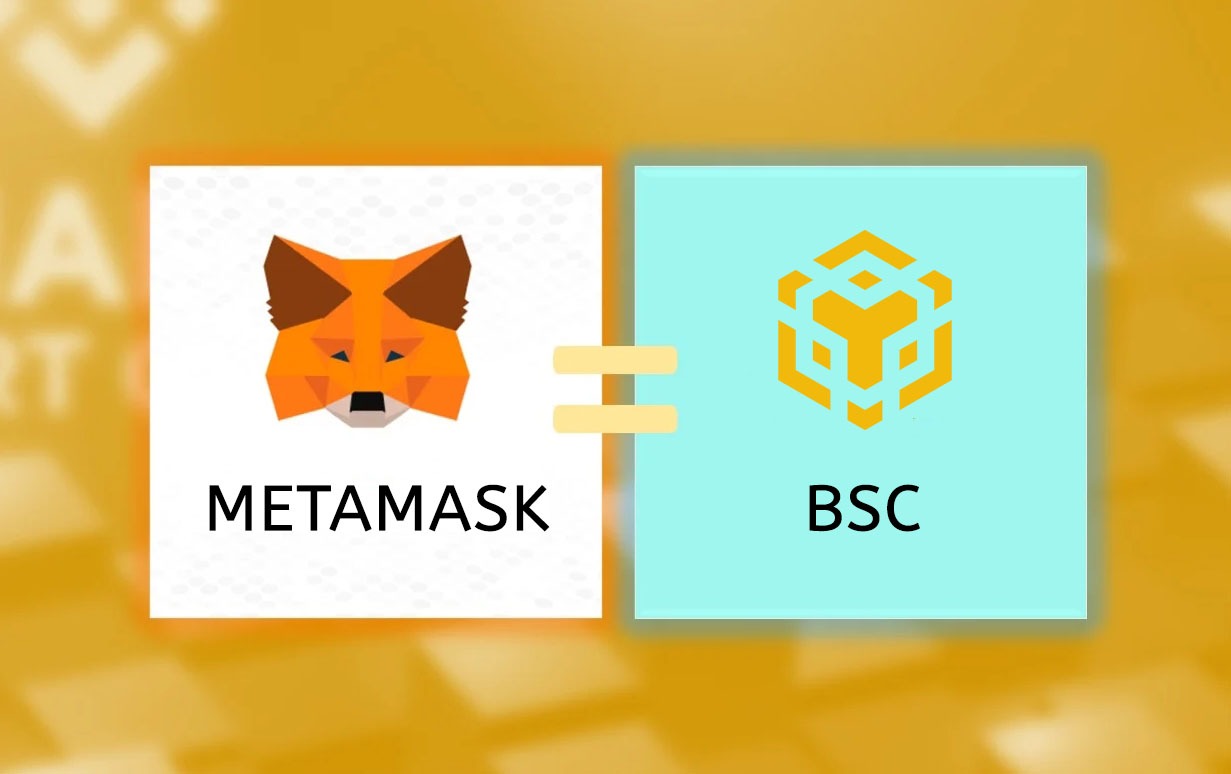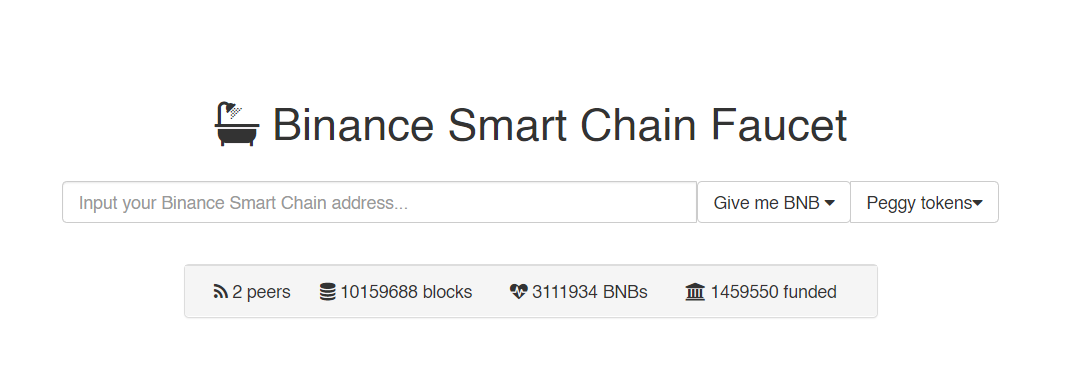


Binance, Coinbase, Kraken), your ERC-20 MATIC will go straight into your exchange wallet. If you want to use these ERC-20 tokens on Polygon itself, you must use a bridge to swap your ERC-20 MATIC 1:1 for Polygon network MATIC (see below).įor example, when you buy on a centralized exchange (e.g. MATIC is commonly bought/traded on centralized and decentralized exchanges as an ERC-20 token, i.e., a token usable on Ethereum. The most important thing to remember when using Polygon is the form taken by its native token, MATIC. It also has a highly active ecosystem of dapps, including DeFi, gaming, and NFTs - all recorded here. In addition to the PoS, the Polygon team is also working on several layer 2 (L2) networks, which are in varying stages of development, and which you can find under the 'Solutions' tab on their homepage.

This is a sidechain: its own network, distinct from Ethereum mainnet, although accessible via bridges (see Using bridges below). Founded as Matic Network in 2017, the project completed a rebrand in February 2021 to its current name, keeping the name of its token, MATIC, consistent throughout.įrom a user perspective, the main element of the Polygon project is likely to be the Polygon Proof of Stake (PoS) network. Recognizing that high demand for Ethereum mainnet has increased transaction fees and congestion, Polygon's solutions are intended to expand capacity and dramatically reduce transaction costs for users. In short, Polygon is a collection of tools and features which improve the scalability of Ethereum and connect EVM-compatible networks. Polygon styles itself as "Ethereum's internet of blockchains". Network name Polygon Mainnet Token MATIC RPC Chain ID 137 Block explorer Polygonscan Website polygon.technology


 0 kommentar(er)
0 kommentar(er)
